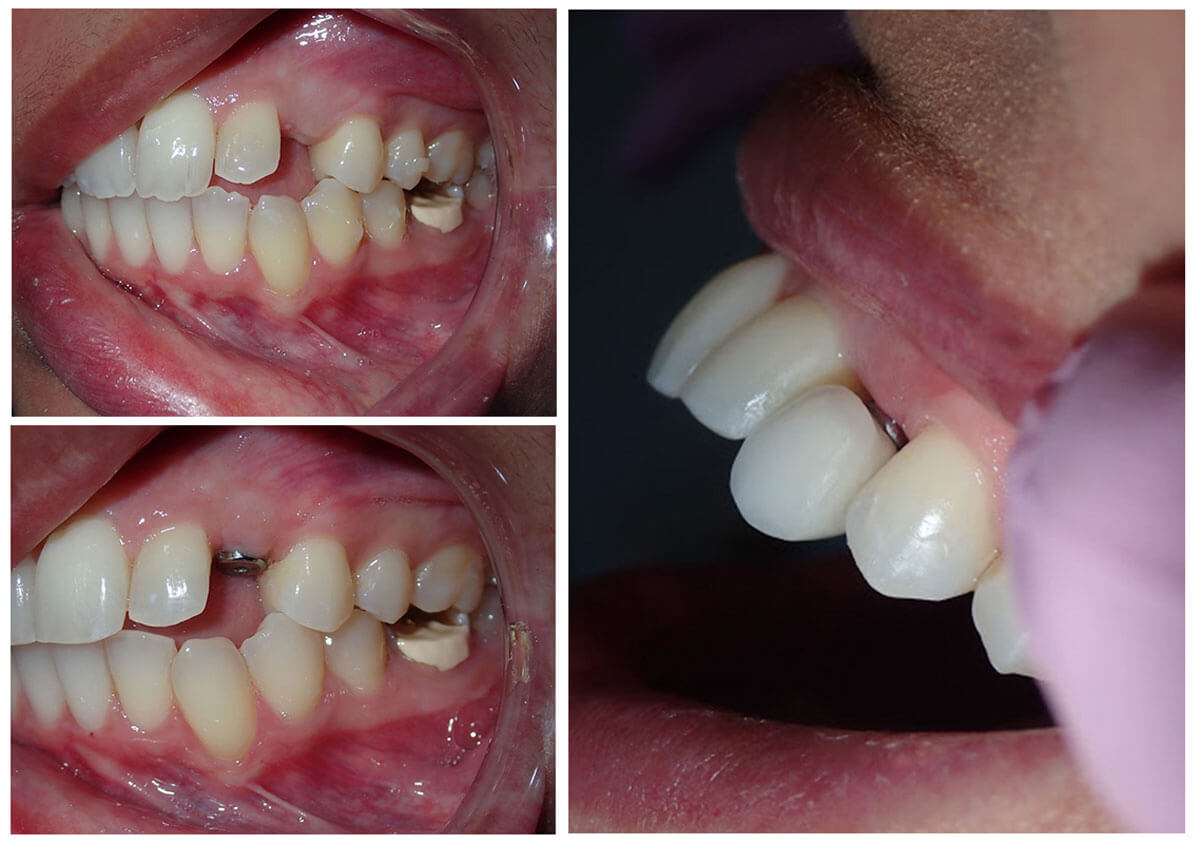Not known Details About Dental Implants
Not known Details About Dental Implants
Blog Article
The 2-Minute Rule for Dental Implants
Table of ContentsNot known Details About Dental Implants The Single Strategy To Use For Dental ImplantsSee This Report about Dental ImplantsOur Dental Implants Diaries
are medical devices surgically implanted into the jaw to restore a person's ability to chew or their look. They give support for artificial (fake) teeth, such as crowns, bridges, or dentures. When a tooth is shed due to injury or condition, an individual can experience difficulties such as quick bone loss, malfunctioning speech, or changes to eating patterns that result in pain.
Structure of The Dental Implant System picking oral implants, speak with your dental service provider concerning the prospective benefits and threats, and whether you are a prospect for the treatment. Things to consider: Your overall wellness is a crucial aspect in establishing whether you are a great candidate for oral implants, how much time it will take to recover, and how much time the implant might remain in area.
Cigarette smoking may affect the healing procedure and reduce the lasting success of the dental implant. The recovery process for the implant body might take numerous months or longer, during which time you commonly have a short-term abutment instead of the tooth. the oral implant treatment: Carefully follow the oral hygiene instructions offered to you by your oral provider.
The 20-Second Trick For Dental Implants
Implant failure can result in the requirement for one more surgical procedure to repair or change the implant system. Brings back the capacity to chew Restores aesthetic appearance Aids keep the jawbone from shrinking as a result of bone loss Protects the health and wellness of the surrounding bone and gums Aids keep nearby (neighboring) teeth steady Enhances quality of life Damages to surrounding natural teeth throughout implant positioning Injury to the surrounding tissues throughout surgical procedure, such as sinus perforation Injury during surgery (for example, fracture of bordering jawbone) Insufficient function, such as seeming like the teeth do not attack with each other typically An experience that the tooth hangs or turning in location arising from an abutment screw loosening up Implant body failing (looseness of the implant body) because of systemic infection, which may be most likely in individuals with unchecked diabetes mellitus as a result of neighborhood infection in bone and gums sustaining the dental implant body as a result of postponed recovery, which might be more probable in individuals that smoke Difficulty cleaning up the periodontals around the implant, causing inadequate dental health Untreated gum illness Post-surgical tingling as a result of nerve impingement or damages Always alert health treatment service providers and imaging technicians that you have dental implants prior to any type of magnetic vibration imaging (MRI) or x-ray treatments.
FDA is not familiar with any type of damaging events reported for MRI or x-ray procedures with oral implants. Dental implants find out here now systems are commonly made of materials that comply with global agreement requirements of the International Organization for Standardization (ISO) or ASTM International. These standards have information of what makes a secure product.
Other products such as gold alloys, cobalt-based alloys, titanium alloys, or ceramic materials are in some cases utilized. The safety profiles of these products are popular. Oral dental implant systems are evaluated according to international agreement criteria. Biocompatibility screening, to show that bodily call with the tool does not trigger issues like irritation or sensitive reaction, is part of the examination that aids guarantee the materials in the oral implant system are secure and do not cause unfavorable impacts when dental implanted in individuals.

The Best Strategy To Use For Dental Implants
Some individuals are not eligible for oral implant surgical treatment. It is for oral doctors to operate on people with: severe illnessuncontrollable metabolic diseasebone or soft tissue disease or infectionIf these problems are fixed, a person can have the surgery. Dental Implants. In, dental doctors avoid operating people with: If people with any of the above go through dental implant surgical procedure, there is a greater threat of the implant falling short
Some people have a jawbone abnormality that prevents adequate bone for an implant from establishing. In such cases, a cosmetic surgeon might need to execute a ridge alteration. This involves raising the periodontal to reveal the location of flawed bone. The surgeon will after that use a bone or bone alternative to fix and develop up the area.
Dental implant surgical procedure is a tailored procedure. Provide you time to heal. Affix the message and final crown, bridge or denture.
Next off, your doctor will very carefully place the dental implant into your jaw. Ultimately, your specialist will certainly reposition your periodontals and close the cut with stitches. If your dental implant is near the front of your his explanation mouth, your dental practitioner will make a short-term tooth for you to use up until you recover. In this way, you won't have a void in your smile while you recuperate.
Some Known Details About Dental Implants
During the healing stage, your jawbone needs to fuse to the dental implant. This procedure can take anywhere from three to nine months.
When your dental implant heals, your dentist can attach the joint (tiny adapter post) and your final remediation (crown, bridge or denture). This typically takes regarding one hour to complete and might need a second small surgical procedure. You should not feel any discomfort throughout your dental implant procedure due to the fact that your copyright will certainly utilize medicine to numb your gums.
Report this page